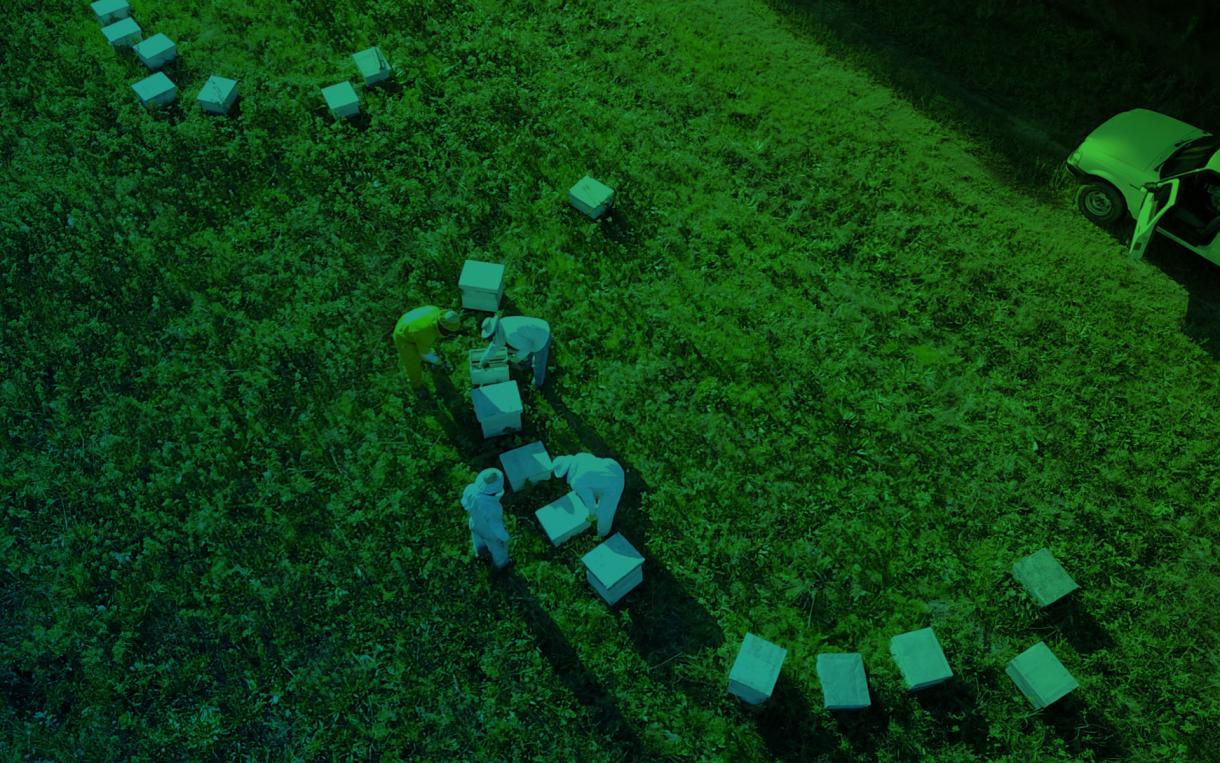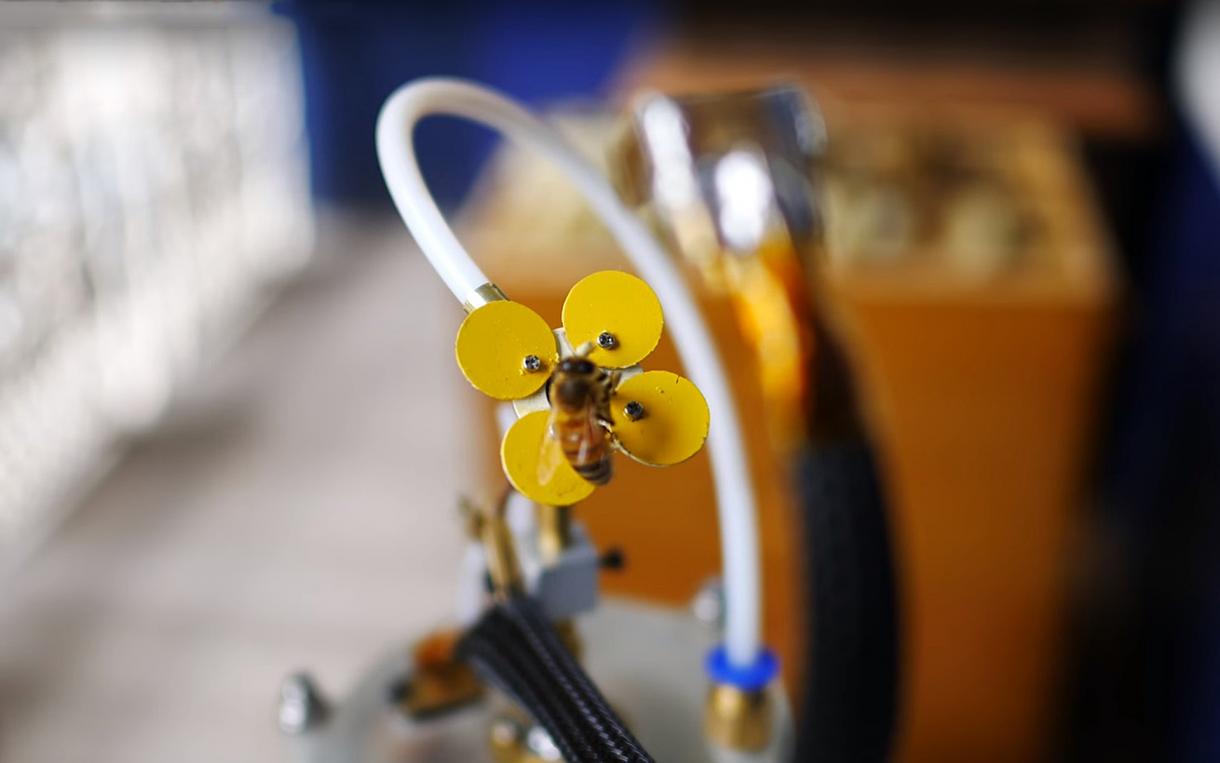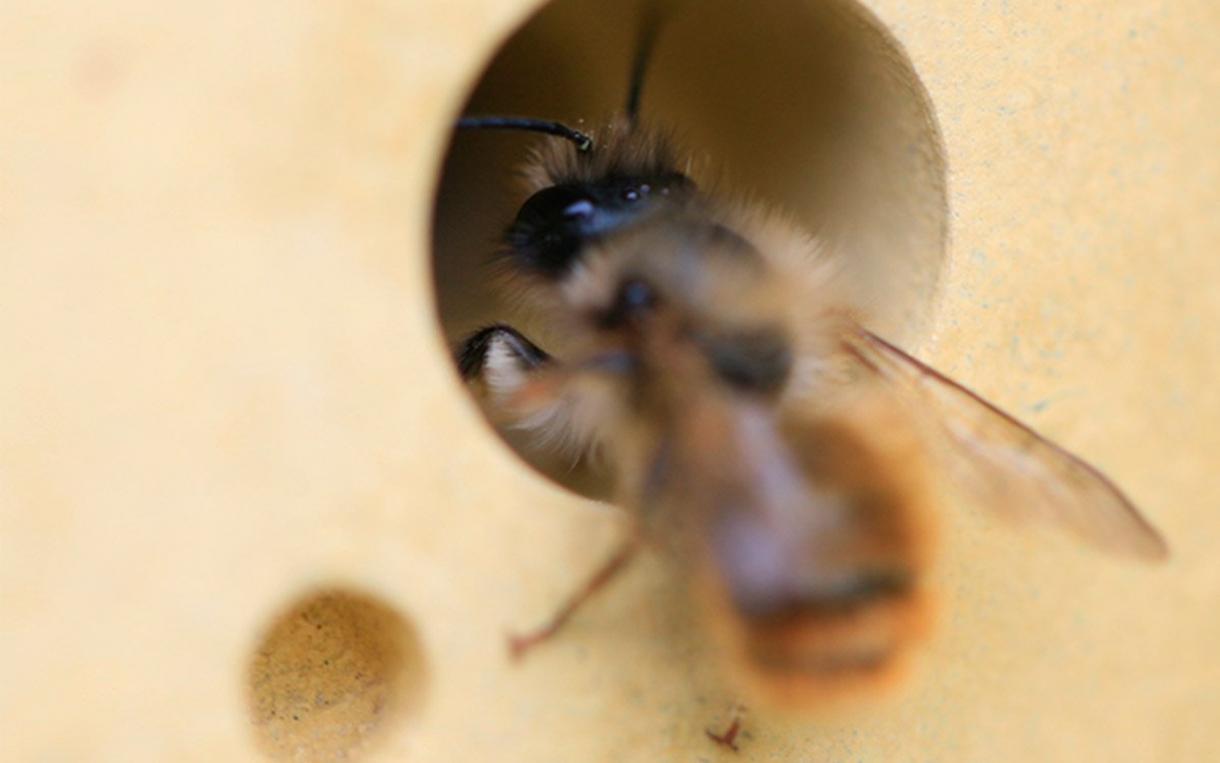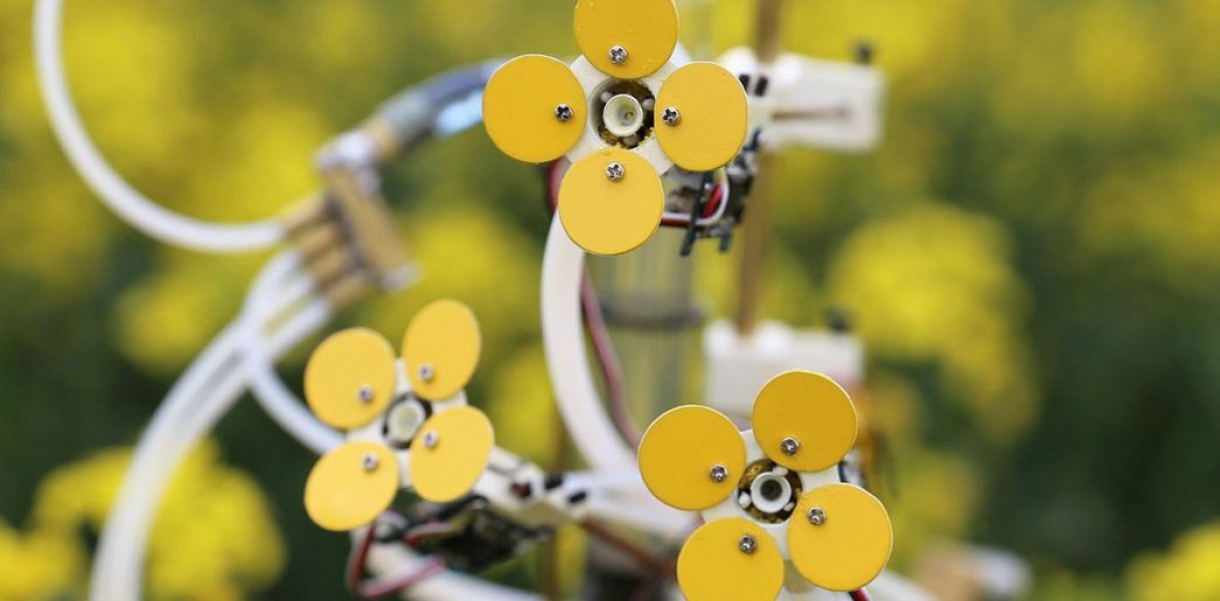While we’re not entirely sure why bee populations are on the decline, experts agree that climate change, urbanisation and disease all play a role. One thing we know for sure is that we can’t survive without them.
These small but mighty creatures are imperative to all our natural ecosystems. In fact, one in three bites of what we eat is made possible by pollinating insects, like bees. If we have any hope of keeping them off the extinction list, we have to act now.
Due to temperature increases in certain regions, flowers are blooming earlier in Spring. This means they’re producing pollen too early for the bees to feed. Populations are dying out simply because there isn’t a food source at the right time. The Bee Hospital, by Shau Heng Li, aims to help remedy this problem with a trio of objects designed for instalment in urban areas. The project includes a bee-detecting device, a supplement centre and a mite guard dispenser. These provide beneficial probiotics and nutrients to help supplement the lack of pollen.
If you're looking for a more simple way to help bees, consider installing a tiny shelter at home like a Bee Brick. Designed by sustainable British brand Green and Blue, the stylish nesting site is ideal for solitary bees and can be used in your garden or as part of any brick construction. Not only does the design help revive urban biodiversity, but two-thirds of the brick is made out of waste material from the local china clay industry.
BeeFlow aims to create a stronger generation of bees by providing them with feed to enhance their immune systems. This would make them more resistant to changing climates. To help address the food security problem, the Argentinian startup also aims to teach the bees to pollinate specific crops, including almonds, blueberries, kiwis and apples. To lure bees to their intended target, BeeFlow feeds them organic molecule compounds that replicates the chemical composition of the most attractive flowers. Once outside, the bees remember the specific odour and seek it out. This would mean less of the bees’ energy spent on non-fruiting plants, fewer pesticides used and increased fruit and vegetable yields.
Should our bee populations continue to decline drastically, we might need to look at alternative pollinators. The Synthetic Pollenizer, created by Michael Candy, is a conceptual project designed to help increase the dwindling bee population. The robotic canola flower (or rapeseed) provides a safer method of artificial pollination using 3D-printed robotic flowers. Candy’s pesticide-free flowers are all equipped with pollen and nectar and can be installed alongside real plants.






